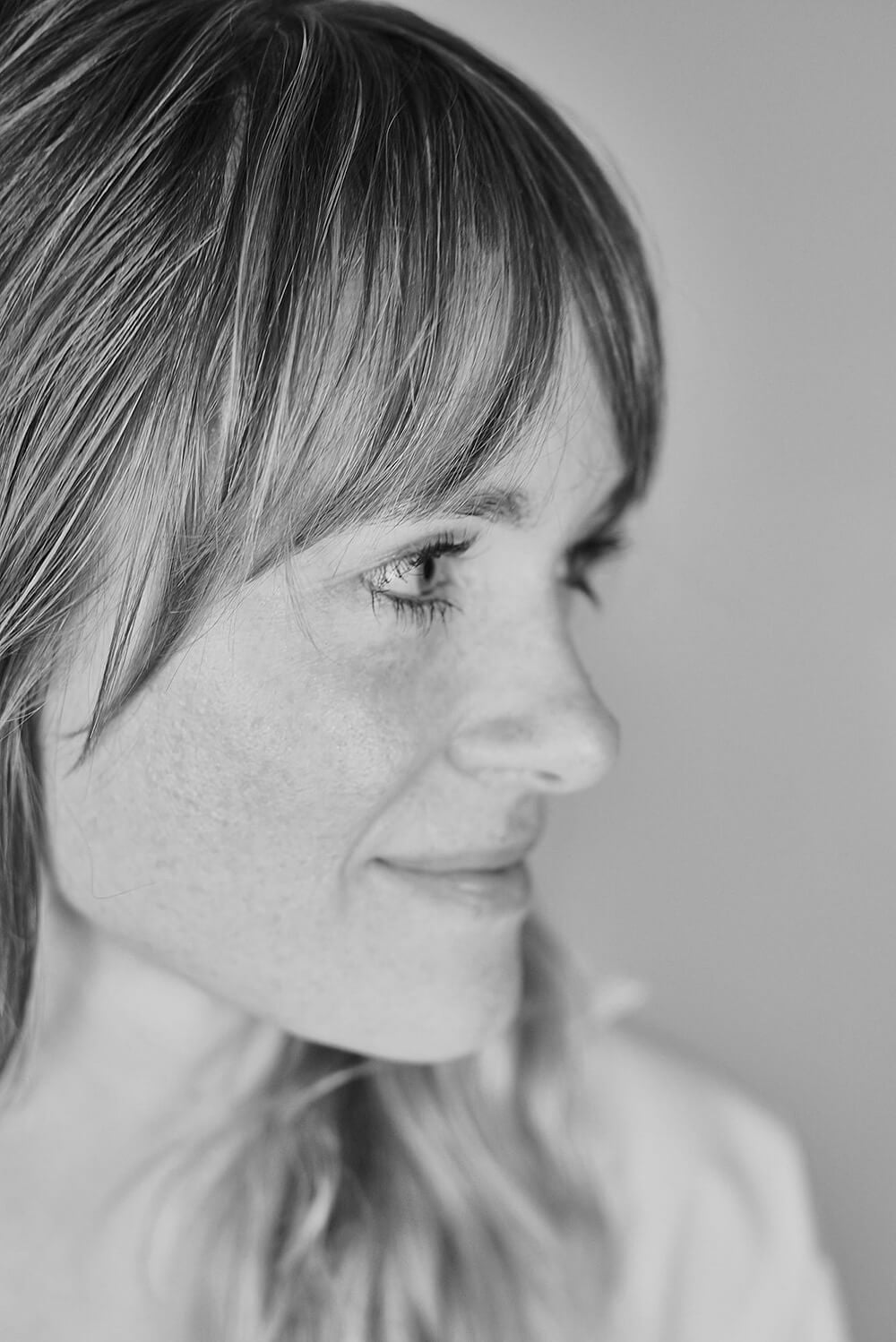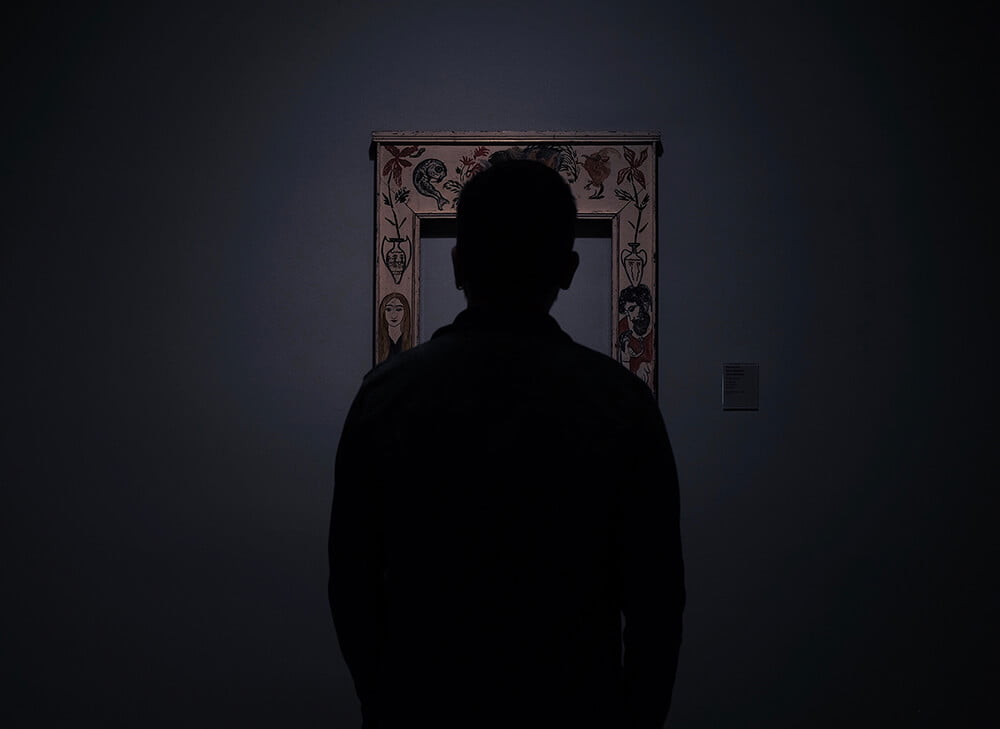INSIGHT
Being a Curator
BY EMMA LEWIS
Emma Lewis on curating photography exhibitions for Tate
As Assistant Curator, International Art, Emma Lewis is part of a team that develops and curates Tate’s permanent collection, and works on major exhibitions such as Wolfgang Tillmans (2017). Here she tells us how Tate plans new shows and why her job is more hands-on than you think…
I’m interested in narrative, in storytelling, and photography’s relationship to social history, as well as the craftsmanship involved in capturing an image and making a print. I was a student of English Literature before I got into History of Art and Modern and Contemporary Art.
During my MA in Modern and Contemporary Art, I was fortunate to visit The Wilson Centre for Photography, one of the best private collections of modern and contemporary photography in Europe. Coming into contact with the objects and understanding the technical expertise behind these works began my fascination with the medium.
As a curator, I love thinking about an audience’s journey through an exhibition. Whether exploring a thematic in a group show or presenting the story of an artist’s practice, the question is how to arrange works and ideas to make an interesting and engaging experience for the audience. It’s closely tied to writing, which is another important aspect of what I do. You’re always thinking about the information you share, the information you leave out, the tone, as well as the content, of things. There are lots of similarities in that regard.
I’m currently working on an exhibition of work by Dora Maar, a photographer and painter, who had a very long and prolific life spanning most of the 20th century but whose work is often overshadowed by the fact she had a relationship with Picasso. The way we’re thinking of structuring the exhibition, and the messages we’re telling through the texts on the wall, are all about helping the viewer to understand how rich her career was, showing why she was an important artist in her own right.
When we’re thinking about exhibitions to stage, there are three questions we ask ourselves: Why this subject, why Tate Modern and why now? You can apply that to projects outside of Tate, too. It’s about what’s relevant at this moment in time. It shifts the focus from what’s interesting to you to what’s interesting to audiences.
I also ask myself, why should this be on the walls of a gallery rather than in a book? Maybe it’s the volume of material, the type of material or what would make it come alive. For example with Dora Maar’s archive, you can’t replicate the experience of seeing her painted works in a book. The same is true of installation practices. But often when I’m working with young photographers we’ll talk about whether they’re thinking of the project in terms of an exhibition or a photobook. The latter might offer an opportunity to structure, and a sequence, that’s difficult to achieve on the wall, for example.
We always keep in mind the key messages we want to communicate. That informs the more scholarly aspects of research connected with the exhibition, as well as the bullet points you see reproduced in press releases and marketing material.
One of the great things about working at Tate is that there’s a real diversity of personalities, interests and specialisms. Some come from an academic background and have a PhD, others are practicing artists. It sounds obvious but to succeed as a curator, you have to really be passionate, energised and engaged in art. It’s never a 9-5 job. It’s your evenings and your weekends, it feeds into every area of your life.
A curator’s job is very practical. You’ll be managing a budget, you’ll be having conversations about the kind of crate artworks are travelling to the museum in, how it gets to the museum, the technical equipment required for installation, the size of the captions on a wall… It’s not all about researching art and artists. There’s a lot to do with the very practical aspects of moving art. Relationships with patrons of the arts is another hugely important part of the job.
A photography series stands out to me if the technique or choice of materials has an interesting connection to the subject matter. It sounds trite to say but I also notice the photographer’s eye. The subject matter might be familiar but if you get a sense of how the photographer sees the world, that can be really compelling. They could be just photographing the streets around their home but it’s the kind of things they’re noticing that makes them stand out.
There are inexpensive ways to show photography. That’s the great thing about the medium, it doesn’t have to be a print in an expensive frame on a wall. You can use paste-ups, vinyl, pins onto the wall, projections… Look into grants you can apply for, friends you can work with. You have to be imaginative and resourceful because, unless you’re very lucky, no-one will just give you a space and a nice budget!
Immerse yourself in photography. Whether you want to be a curator or a photographer, see as much photography as you can and read as much as you can. It’s only by knowing all the different work that’s out there, seeing different types of exhibitions, that you’ll have a sense of the kind of work you want to make and how you want to show it.

Emma Lewis. Image © Sebastian Nevols
Emma Lewis was interviewed by Rachel Segal Hamilton – a culture writer specializing in photography, who has written for publications such as VICE, The Telegraph, Time Out, Sotheby’s Institute of Art, The Barbican/Guildhall, British Journal of Photography, Hoxton Mini Press, and The Royal Photographic Society Journal. Explore more of her writing at www.rachelsegalhamilton.com
